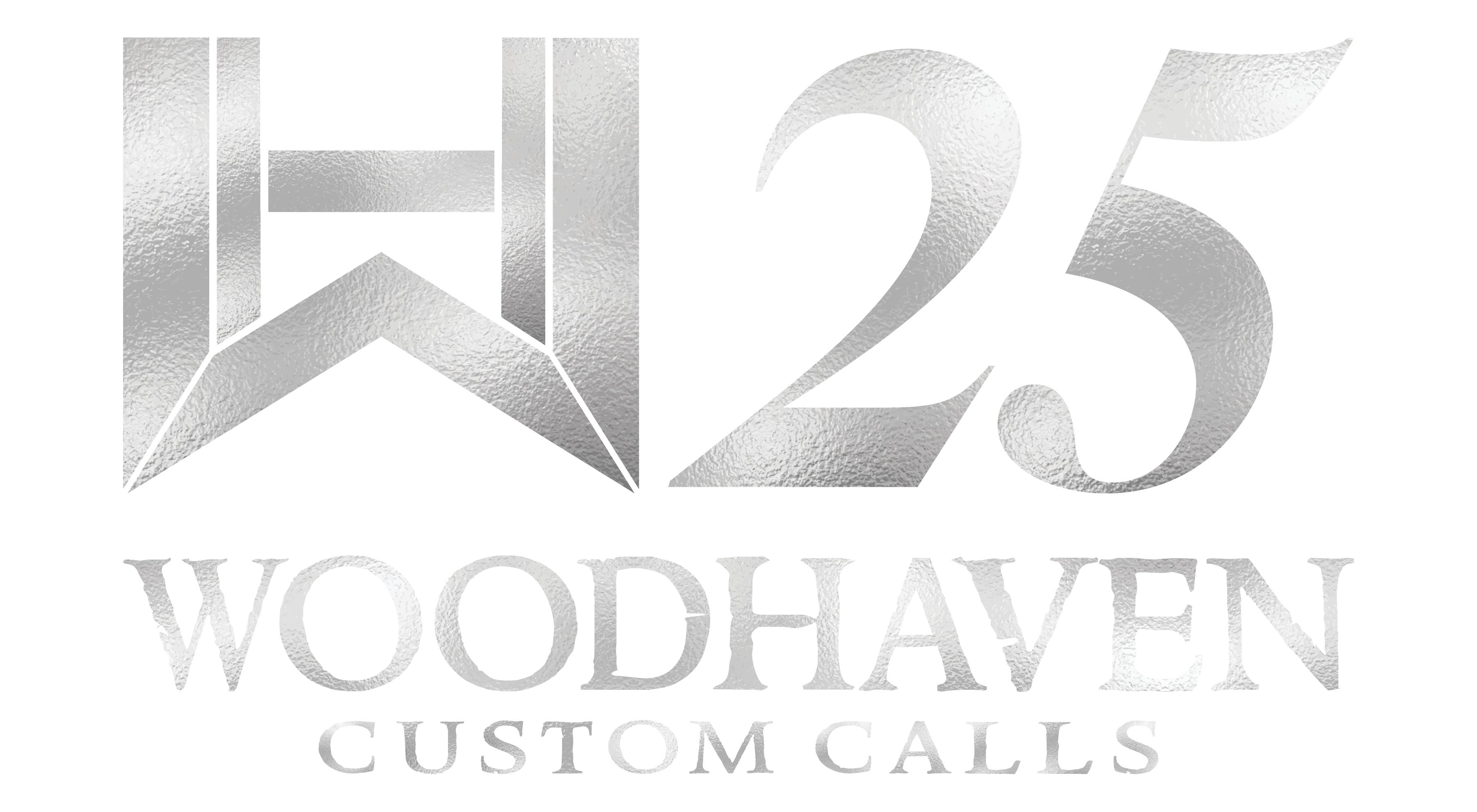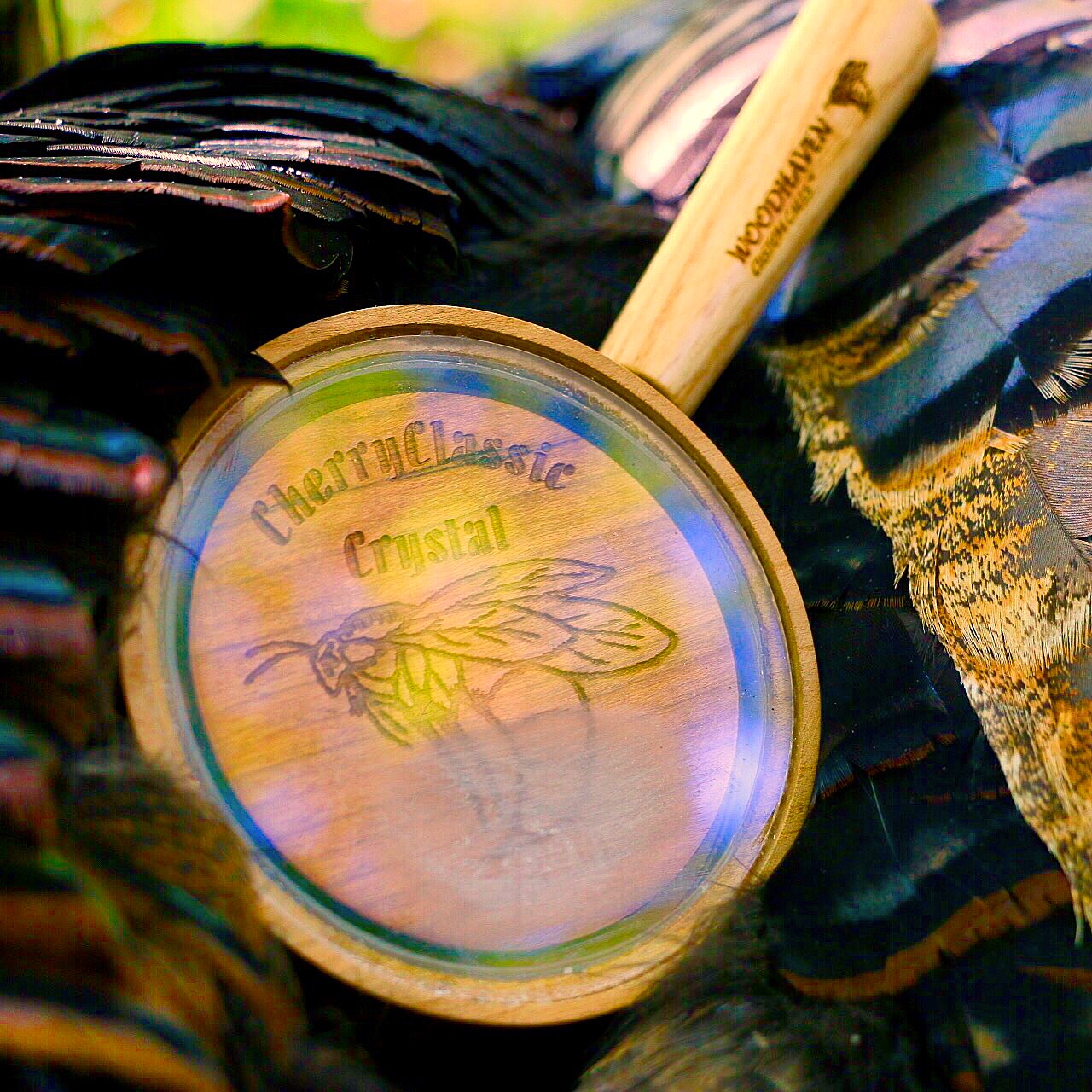At WoodHaven, we’ve made hundreds of thousands of turkey calls, and heard just as many stories of turkey hunting, bringing the bird in close and finally getting that old tom you’ve been calling in for hours. It’s from these stories, and all of our Pro Staff and personal experiences that we’re sharing some simple tips for getting the most of your turkey calls.
Step 1: Practice
Rome wasn’t built in a day, and neither was the ability to make that perfect tone of a hen. So, the first thing you need to do is practice, practice, practice. Try and approach your calling like an athlete would before a big game. You can sit at home and work on your calls while getting ready to hit the field and have your skills ready. Turkey calling is both a science and an art. It’s important to do your homework in the beginning.
Step 2: Mix Up the Sounds
It can be oddly self-serving for a company that makes calls to say that having a bunch of different calls helps your hunt, but it’s an incredibly important part of the hunt, especially if you like to hunt in a certain location that you plan on returning to and hunting again.
Turkeys are some of the smartest birds in existence, and they have great memories for certain things. One of those things being the sounds of calls. If a turkey gets used to the sound of your turkey call, if you’ve used the same call time and time again, the birds will start to put 2 and 2 together. You’ll be hard pressed to get a bird to even stay close to you at a certain point. With mouth calls, you can try used different types of latex, different split patterns/reed types. Friction calls are great to use with a variety of different strikers for different tones. Or you could even bring a couple different types of calls with you into the woods to sound like multiple different hens hanging around.
The point is to mix it up. Don’t try to bang your head against a wall with the same call over and over. Use your creativity and do your best to sound NOT like a human using a turkey call, but a real hen sitting in the woods.
Step 3: Sometimes Less is More
Hunters need to be patient. You’ve probably already spent hours in the field with your calls, trying to bring the turkeys in, so don’t ruin it in the last 15 minutes. So many times, once a gobbler gets within a line of sight, hunters hit their calls way too often. This is more likely to scare the bird off than actually get them closer.
The idea, again, is to give off the impression that you’re a hen. When have you ever heard a hen standing out in the field, yelping constantly for 20 minutes? We’ve never heard it, so why would you try and do it yourself? Remember, Turkeys are smarter than you think. If something seems off, they’ll take off.
Step 4: Keep it Down
When there’s nothing around, and you’re trying to get a bird into the general area, then sure, use your calls as loud as possible while still keeping a good tone. If you’re just trying to locate, or if the winds are really picking up and there’s some birds off just a ways, then there’s no problem hitting your pot calls hard and yelping with your mouth calls loudly. But like everything in life, moderation is key.
Imagine you’re calling to a friend on their nearby patio. You yell “Hello! Good morning!” They call back, and then come down off the porch to come see you and talk with you. Would is still be appropriate to yell at them when their standing right next to you? Of course not. So why would you keep yelling at a bird as it gets closer? It doesn’t seem natural to keep the same volume. When you’re calling, and you get a response, make it a conversation, not a command. Getting the little clucks and purrs just right will do you a better service than screaming a yelp at the top of your lungs when a bird is already coming your way.
This is where a good friction call can come in. The versatility of a friction call in combination with a mouth call can be a deadly combination for any turkey hunter.
Step 5: Quit While You’re Ahead
Finally, when the bird is already strutting towards you, give it a rest. He’s already got a bead on where you generally are, and he’s making his way towards you. Don’t scare him off in the last few seconds of a hunt with a poorly timed call. Put your call down, and get your gun ready.


